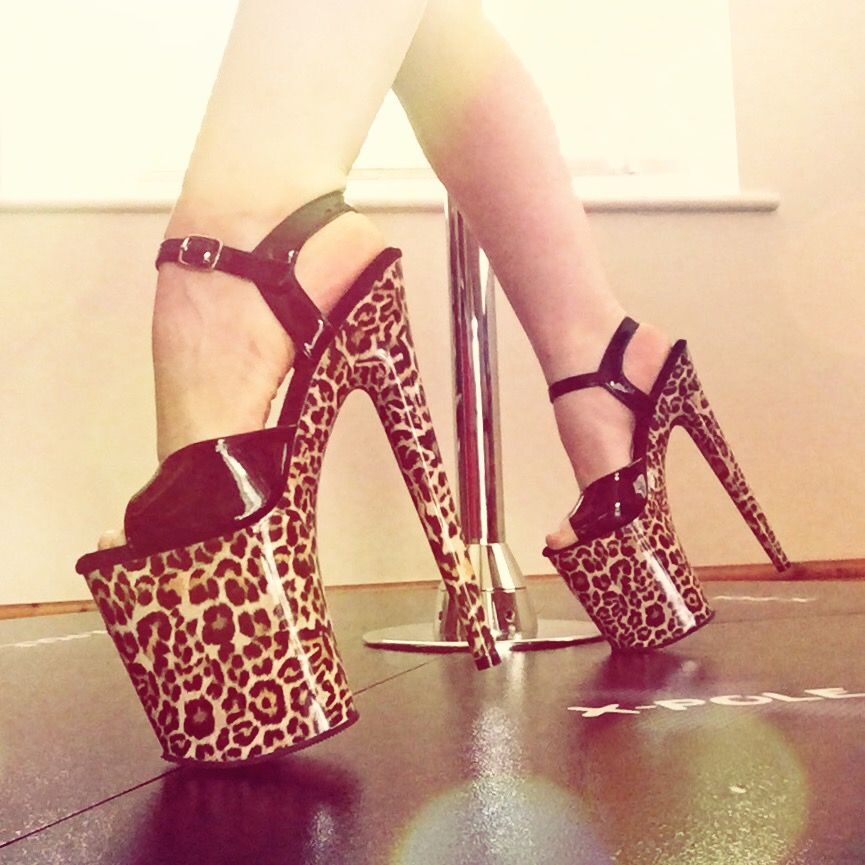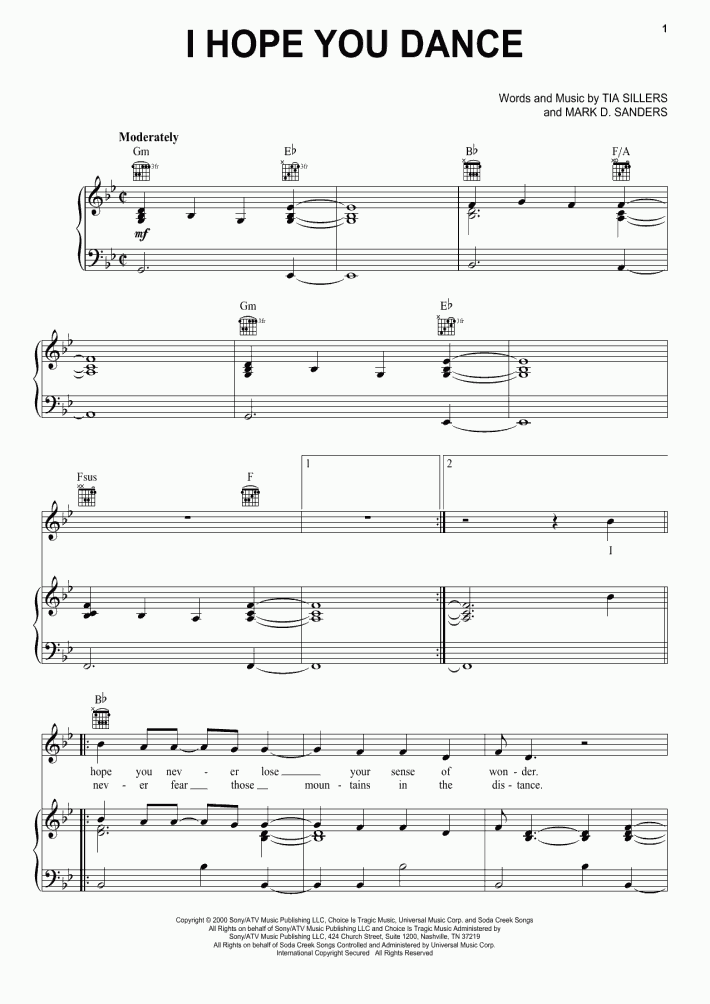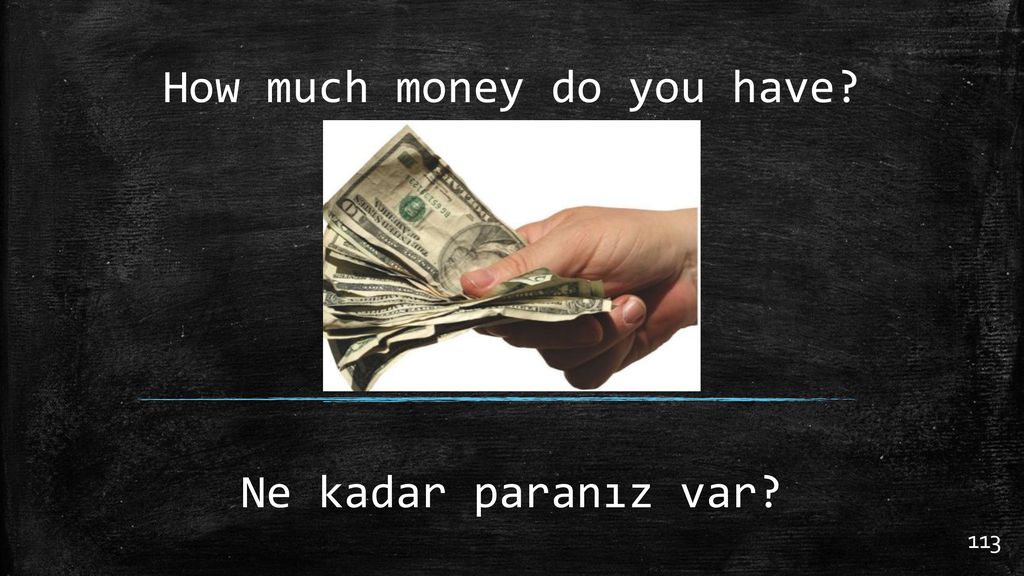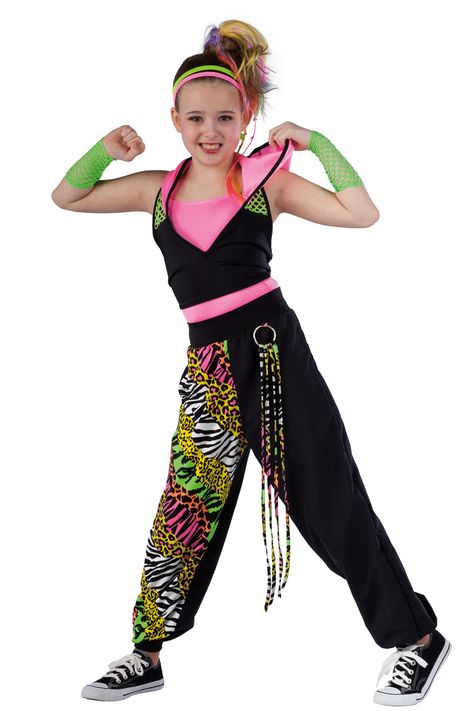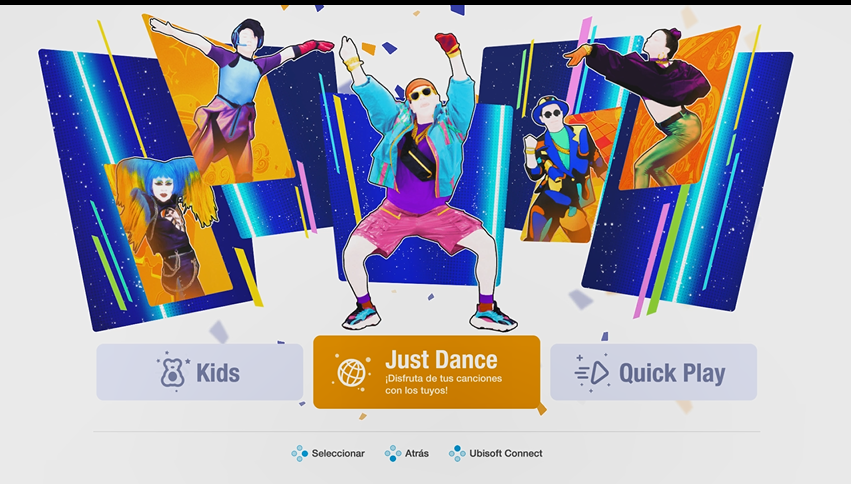How to break your ankle dancing
Treating a Sprained Ankle On and Off The Dance Floor – Yami Dance Shoes
Photo Credit: CFAC
Injuries happen all the time on and off the dance floor but pf all dance-related injuries, a sprained ankle is the most common. There are many reasons why this happens, it could be the wrong Latin dance shoes, the slippery floor, the wrong timing while dancing, a bad landing, etc.
Dance is a physically demanding activity, and there is an increased risk of an injury with every moment. Studies show that dancing for 5 hours a day or longer will increase your risk of stress fractures and sprained ankles. All of these are avoidable but hey, the life of a dancer can be full of peril sometimes! If you’ve been training hard, the muscles have very little time to recover.
The ankle is vulnerable to stress because this part of the body consists of ligaments prone to stretching and tearing. And this can lead to dance injuries too, along with a restrictive diet and a rigorous workout regimen. Torn ligaments are not only painful; they do not heal back to their pre-injury condition. And once you’ve sprained your ankle once, you are likely to sprain it again and again.
If the inevitable happens, what do you do? Say you landed badly and twisted your ankles, or your dance partner sprained her ankle; what do you do? Here are some tips:
Stop dancing ASAP: Some dancers are so dedicated to their craft that they are willing to grin and “bear it” despite being injured just to finish the routine. If you’ve damaged your ankle, stop dancing right away and treat the injury ASAP. The longer you wait to treat a sprained ankle, the more painful it becomes and the injury will worsen too.
Tell your dance partner that you’ve injured your ankle if he hadn’t noticed already, and he should assist you. Most social dance events have emergency attendants nearby and first aid will be applied to the injury.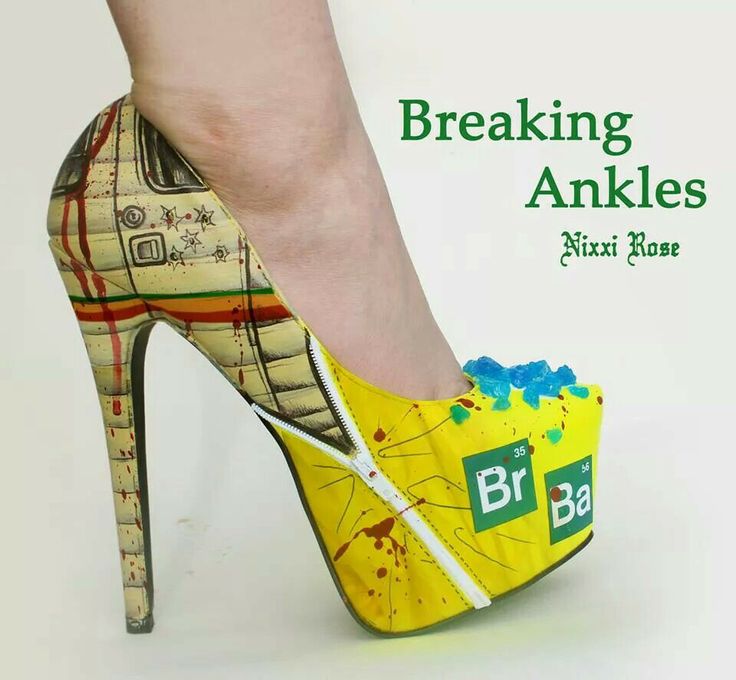
Apply an ice pack: Ice the injury as soon as possible to reduce pain and swelling. An ice pack or an ice slush bath should be applied to the injury as quickly as possible for 15 to 20 minutes. If you're suffering from diabetes, vascular disease, etc., let the doctor know before applying the cold compress.
Compress the injury: Depending on the severity of the sprain, the ankle would swell up and become tender to the touch. This is a sign that the ligaments were damaged. To stop the sprained ankle from swelling, it has to be wrapped in an elastic bandage. The compression should apply pressure to the injury to reduce pain and inflammation but not too much that it is cutting off the circulation.
Elevate the injury: Keep the injured leg elevated above the heart to reduce swelling. Excess fluids won't pool into the affected area when the ankle is elevated. Do this consistently, even when you’re sleeping. Prop a thick pillow under your leg.
If you’ve recovered from an ankle injury, you have to take it easy because the likelihood of injuring the same part of the body is very high. A sprained ankle will take at least a month to heal, but this depends on how severe the injury is.
A sprained ankle will take at least a month to heal, but this depends on how severe the injury is.
As you recover, build strength by performing balance exercises. Performing ankle strengthening exercises for at least six weeks during recovery will minimize your chance of injuring the same part of the body. Here are strength-building exercises for the ankles that we recommend.
Avoid over-training and overusing the injured ankle after recovering from a sprain. Always warm up before a routine or workout, then cool down after. When injuries happen, get treatment right away.
Take a break to recover from the injury and get advice from a doctor or physical therapist to speed up the healing process!
Wear the right social dance shoes. Ill-fitting shoes will make you unsteady on your feet, which could lead to another injury! Try Yami dance shoes; our social dance shoes boast padded insoles, sturdy heel cups, and durable straps for better balance and stability. Shop now and enjoy amazing deals on our bestsellers!
Back to blogHow To Heal A Sprained Ankle in A Dancer
Have you ever been in a dance class or rehearsal and rolled your ankle? Have you prepped for a jump and upon take off felt a sharp pain in your ankle? The ankle sprain is by far the most common injury among dancers and in this article we are going to address the diagnosis, prognosis and rehabilitation of the ankle sprain. As dancers, our ankle stability and strength is one of the most important aspects of our physical health. This article will provide an understanding of this common injury and how to come back from it and prevent it in the future!
As dancers, our ankle stability and strength is one of the most important aspects of our physical health. This article will provide an understanding of this common injury and how to come back from it and prevent it in the future!
If you are more of the visual and auditory learner just click the YouTube video below outlining everything that is in this article!
Let’s get started!
What is an Ankle Sprain?
An ankle sprain occurs when you have a specific traumatic event when you roll your ankle out to the side. This will typically occur landing from a leap, coming out of a turn, or while doing pointe work and being in that excessive releve position. When the ankle is in releve, it is in what we call a plantar flexed position. A plantar flexed position is known as the loose packed position at the ankle, meaning this is the least stable position of the ankle. If the surrounding musculature is not strong enough to support the ankle, the ankle will roll or invert upon landing or turning and result in an Ankle Sprain.
When the ankle is in releve, it is in what we call a plantar flexed position. A plantar flexed position is known as the loose packed position at the ankle, meaning this is the least stable position of the ankle. If the surrounding musculature is not strong enough to support the ankle, the ankle will roll or invert upon landing or turning and result in an Ankle Sprain.
A “sprain” is a stretching or tearing of the ligaments in the joint. There are three different grades of Lateral Ankle Sprains. A grade 1 ankle sprain is when the ligament(s) overstretch. A grade 2 ankle sprain is where there is some tearing of the ligament(s) but there is not full separation. A grade 3 is a severe ankle sprain where the ligament(s) completely tear and there is little to no stability at the joint anymore. Ankle sprains can involve one ligament or a combination. The Anterior Talofibular ligament (ATFL) is the most commonly sprained ligament in the ankle. The Calcaneofibular ligament (CFL) and Posterior Talofibular Ligament (PTFL) are the other two lateral ligaments in the ankle that are susceptible to being sprained.
Common signs and symptoms of an ankle sprain include:
- Swelling
- Point tenderness over the injured ligament
- Bruising along the lateral ankle and foot
- Feeling of instability
- Stiffness/difficulty with range of motion
- Inability to weight bear
Diagnosis
If you sprain your ankle, you’ll see some of those signs and symptoms. You’ll have pain on the outside part of your ankle, you’ll have some swelling that is localized to the outside part of your ankle and it will be difficult for you to move your ankle. Now, if you cannot put weight on your foot or you have bony tenderness, meaning the bones along the outside of your ankle or foot are tender or painful, the biggest thing you need to do is rule out a fracture. The way to do this is to get an X-ray (or radiograph). The first step is to rule out any fractures and be positive that it’s an ankle sprain. From here, your doctor or physical therapist will be able to do an evaluation and diagnosis an ankle sprain.
For more information regarding ruling out a fracture see this previous blog post article by CLICKING THIS LINK
Prognosis
So, you’ve been diagnosed with an ankle sprain. Well what does that mean? The prognosis on how long you need to recover to get back to dance is going to be variable. No two ankle sprains are the same and no two rehabilitation programs will be the same. It is going to depend on how many ligaments are involved as well. Did we sprain one ligament or two? Is it a grade 1 or grade 3? It’s also going to depend on the possibility of a displaced fibula. If you’re restricted in motion at your ankle and you sprain your ankle, there is a possibility of your fibula displacing or subluxing. So now there’s this mobility issue as opposed to just overstretching the ligament. Once your healthcare provider has determined exactly what is going on with your ankle sprain, you will be able to have an idea of your prognosis and get started on rehabilitating the ankle!
Rehabilitation of the Ankle Sprain
An ankle sprain is NOT the end of the world. Through proper rehabilitation with your physical therapist, you’ll be back to full strength and performing at your best.
Through proper rehabilitation with your physical therapist, you’ll be back to full strength and performing at your best.
Rehab Phase 1
You’re right off the injury. You’ve ruled out a fracture and You’ve just been diagnosed with an ankle sprain. You have some swelling and maybe it’s painful to walk and it’s hard to move. So what should you be doing? During this initial Phase or what we’ll call the Maximum Protection Phase we’re going to want to follow the acronym PRICE-MEM:
| P | Protection |
| R | Rest – active rest, not complete bed rest |
| I | Ice |
| C | Compression |
| E | Elevation |
| M | Manual Therapy- specifically to help decrease swelling and increase a little bit of mobility |
| E | Early Motion |
| M | Medication- anti-inflammatory medication |
So our main goal for this phase is to help decrease the swelling, get mobility going in the ankle, and to do some muscle activation exercises. We do not want to forget the other muscles in the leg as we heal from an ankle sprain.
We do not want to forget the other muscles in the leg as we heal from an ankle sprain.
General Mobility Exercises For The Ankle
So when you sprain your ankle, you don’t want to shut down the whole leg completely. During this time, we will work with our dancers to engage and strengthen those turnout muscles and activate the hip muscles because they will be important in preventing an ankle sprain in the future. So during this initial phase you may not be able to do a whole lot in terms of exercises for the ankle, but you can do alot of hip and knee strengthening exercises during this phase.
Remember this phase is going to be variable depending on the dancer and the type of ankle sprain you’ve suffered. Some individuals will last in this phase for 1-3 days or up to a week or maybe even 10 days. It’s going to be dependent upon you getting a proper diagnosis and prognosis!
Rehab Phase 2
The main focus of this phase is to begin strengthening the muscles in and around the ankle which will be essential for proper healing, as well as utilizing specific manual therapy techniques such as manipulation mobilization techniques to the ankle because of a restriction in dorsiflexion or the flexed position of the ankle.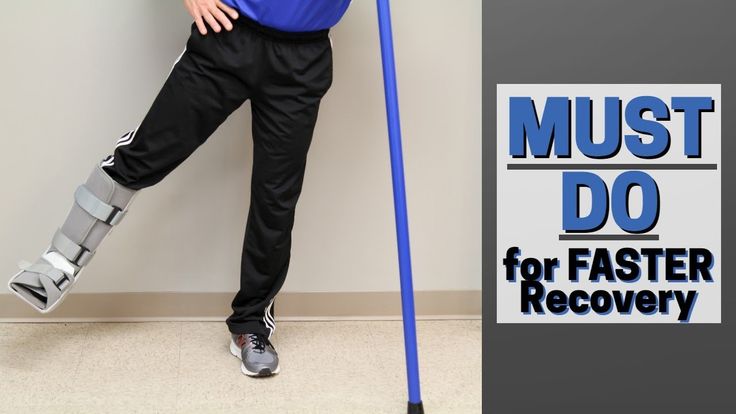 So, dancers if you’re having pain with plies then there are some specific manual therapy techniques that can help alleviate that pain and help you to get through your ankle sprain.
So, dancers if you’re having pain with plies then there are some specific manual therapy techniques that can help alleviate that pain and help you to get through your ankle sprain.
Plie’s Require Ankle Mobility
This seems to be the most overlooked part of ankle rehab in dancers. Many times we see a dancer in an aircast for 4 weeks, or even 6 weeks and once getting out that, they’re having a lot of pain and stiffness and they can’t flex their ankle. Utilizing the manual therapy techniques and self mobilizations techniques to help improve the ankle mobility is a huge part of this phase.
Joint Mobilization Techniques To Help Improve Your Ankle Mobility
So overall, our main goals in this phase include moderate protection of the ankle, strengthening the muscles in and around the ankle and promoting mobility at the Joint.
Rehab Phase 3
This is our third and final rehab phase, known as our minimal protection phase. The main goal here is to strengthen the ankle and develop neuromuscular control of all of your leg muscles from the hip all the way down to your foot. We need to establish normal movement patterns and we want you to have the balance and strength to control your leg when you’re doing single leg movements in dance. This is so you can control your ankle when your landing from a leap or coming out of a turn or doing any work en pointe. To restore this neuromuscular control we’re going to focus on more functional exercises. Everything you’re going to be doing in this phase is going to be on one leg and in a closed chain position, meaning your foot is on the ground. At this point we’re not doing any exercises on the table and we’re progressing forward to those functional exercises so we can ensure a safe return to dance.
The main goal here is to strengthen the ankle and develop neuromuscular control of all of your leg muscles from the hip all the way down to your foot. We need to establish normal movement patterns and we want you to have the balance and strength to control your leg when you’re doing single leg movements in dance. This is so you can control your ankle when your landing from a leap or coming out of a turn or doing any work en pointe. To restore this neuromuscular control we’re going to focus on more functional exercises. Everything you’re going to be doing in this phase is going to be on one leg and in a closed chain position, meaning your foot is on the ground. At this point we’re not doing any exercises on the table and we’re progressing forward to those functional exercises so we can ensure a safe return to dance.
Before you return to dance fully, what is essential is for your body to go through?
Specific plyometric training. Plyometric exercise help to re-establish the dynamic neuromuscular control you will need to have so your body can control your ankle in space.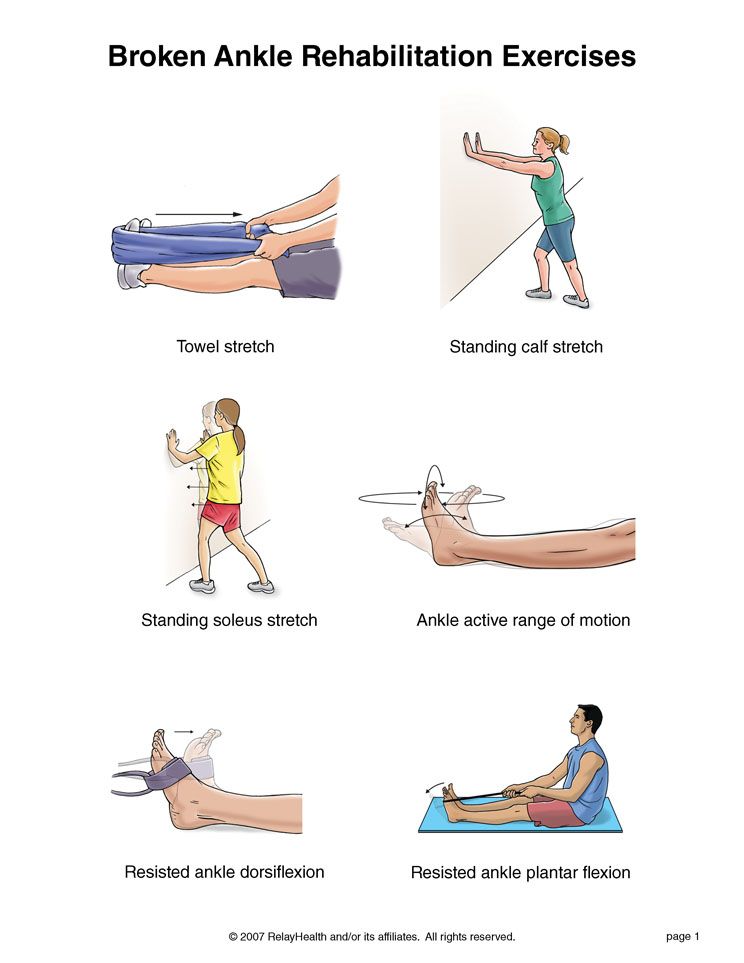 This is where you’re starting your jump training and you’re starting with two legs, progressing to one leg. You’re doing exercises in different planes, jumping forwards and backwards and side to side. You’re working through doing sissones and pas de chats. We want to focus on those dance specific plyometric training to fully prepare our dancers to return safely to dance.
This is where you’re starting your jump training and you’re starting with two legs, progressing to one leg. You’re doing exercises in different planes, jumping forwards and backwards and side to side. You’re working through doing sissones and pas de chats. We want to focus on those dance specific plyometric training to fully prepare our dancers to return safely to dance.
This is the last phase of rehab. You should never be going from doing band exercises on the table to being back in a dance class. You need this last phase to progress you through plyometric exercises so your body is ready to perform at the full out level again. We want to re-establish the resiliency of your body, strengthen your body and go through rehab properly the first time to prevent ankle sprains in the future!
Are you a dance parent who is wondering what it will cost your daughter in the long run if she continues to work through the pain?
Have you seen other medical providers in the past that just tell you to stop dancing?
We have a unique treatment approach that focuses on solving these problems with our clients.
Our goal is to help keep your dancer active while recovering from injury by staying in the studio and guiding them in ways to modify their training, rather than eliminating dance!
We combine manual hands-on techniques with guided supervised exercises to help your dancer get stronger, pain-free, and perform at their peak level to get them back in the classroom and on the stage.
The SPARK Physical Therapy Commitment
- No long waits or multiple trips to providers’ offices every week. We see your dancer either onsite at your studio or in the comfort of your home when it is convenient with your schedule.
- One on one for a full hour with your doctor of physical therapy, every visit.
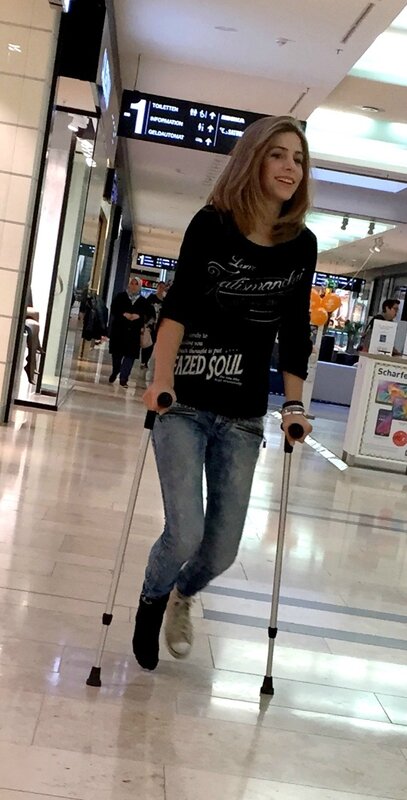
- We provide your dancer with a customized plan specifically designed for them, based off their unique injury and goals.
- Full transparency in what you pay. You will never get a bill from us a couple of months after your visit.
- Access and availability to you! Have a question about your dancer’s pain or exercise program? Get an answer from your therapist directly.
If you’re in the Wallingford, CT area and are a dancer that has been dealing with injuries we can help. We’d love to chat for a few minutes and see if you are a good fit for what we do. Fill in the contact request and we’ll set up a free 15-minute phone consultation with a doctor of physical therapy
Thank you for taking the time to read,
– Duane Scotti, PT, DPT, PhD, OCS
A special thanks goes out to Allie Eldridge, SPT for her contributions to this article
Dance Injuries - and How to Avoid Them - Inter Hustle
There are quite a few opportunities for injury in dance. Knowing about them in advance is the best way to avoid them!
Knowing about them in advance is the best way to avoid them!
Knee and ankle
On corners on not too slippery surfaces, knees and ankles suffer: on any spins, even small turns of 180 degrees, the foot clings to the floor a little more than we would like. As a result, the leg turns a little apart from the foot, the ligaments twitch, microcracks appear in them - then they hurt, for a long time are being restored.
Bent knee is also easy to injure by tearing the popliteal ligament - this happens when for example, when the knee is strongly bent in support, both partners and partners. Or slightly turn the leg at the knee joint, leaving the foot "glued" to the floor (i.e. not on the toe, but completely on the foot, preventing it from turning).
The same effect often has a not quite correct 4th step of the basic hustle - when the knee is bent goes far ahead.
(In the illustration - bending the knee)
Stretching ankle is also easy, especially if you are used to falling over during normal walking foot in or out.
How to cope:
When there is already an injury, there is little you can do to help, the main thing is to relieve stress and give rest and recovery (this can take a week or a month, easily). It is important to stop on time, if you feel that it hurts - stop! Otherwise you run the risk of flying out of dancing for a season at least. Better to try to avoid injury.
To do this, you need to drive into reflexes - before turning both the knee and the ankle must be tightly blocked by the muscles. External fixators, knee pads and an elastic bandage will not save. Learn to spin properly if this technique doesn't work. hammered into muscle memory - it will hurt.
It is also necessary to bend the knee and load it correctly so as not to twist the joint and not extend the knee too much far ahead. See also the support illustration below.
Advance (transfer weight) on the leg is also necessary correctly, through the thumb, while the muscles do not allow the foot to collapse left and right.
Three Rules for the Knee:
Rule #1: Don't bend your knee any farther than your heel is.
Rule #2: Don't twist and bend your knee too hard at the same time
Rule #3: You gotta dance in dancing, well-gliding shoes. On non-slip surfaces, it is better to rotate slowly and without pirouettes.
Feet and toes
Many common models of dance shoes (jazz crosses, latin) do not have foot support, while there is noticeable heel. When you hit the floor with your whole foot (if you decide to trample the embankment), plantar ligaments or metatarsal bones - they are thin, it is easy to make a crack in them.
Yes, and just changing into unusual jazz crosses or vice versa, into latin with a thin sole, you can easily get injured out of habit, read, for example, about the "marching fracture".
The first joint of the big toe often suffers - it receives a lot of load when walking and turning, and on uneven boards - it is easy to hit this place on the floor. The ball of the foot is not always tense enough to cushion, you can easily pierce it or hit it with the bare edge of the joint - this leads to severe injuries, hematomas, swelling.
The ball of the foot is not always tense enough to cushion, you can easily pierce it or hit it with the bare edge of the joint - this leads to severe injuries, hematomas, swelling.
How to cope:
Get used to new shoes gradually, take a spare more familiar pair with you, avoid "stomping" on the floor, jumping landing on the whole foot. It is better to replace the sharp throwing of the leg with a step with a smoother one until you get used to it. boards instead of a perfectly flat laminate.
These injuries are difficult to treat, so time is important to track them, relieve the load and prevent them from developing into something serious that would require surgery.
Spine
The most common and very dangerous injury is hernia and pinching when bending in the lumbar region. Can't bend too hard back below the line of the shoulder blades!
And you can do such a deflection 100 times is normal, and on the 101st to earn a hernia. More serious injuries are possible, there are stories of risk paralysis or death.
More serious injuries are possible, there are stories of risk paralysis or death.
Especially it is risky if this is done abruptly, and the entire weight of the body is loaded on the back. Even more dangerous is the simultaneous bending and twisting, this is generally an atrocity. On a forward tilt and twisting at the same time (for example, when leaving on one knee) ... Or on "pulling the hip up on the first step of BASIC" - you can easily get a serious incurable injury if overzealous.
How Handle:
(Illustrated with knee safely bent partner, dangerously loaded knee of the partner, deflection of the spine at the correct point and no deflection in lower back)
For partners - never bend your partners, never. On the contrary, one hand should support the back of the partner. at the level of the shoulder blades, and never serve as a fold point at the level of the lower back. Thus, you simultaneously unload partner's back, and set the correct "fold line" at the level of the bottom of the shoulder blades.
Try not to bend your knee more than necessary, and do not keep your partner in support for a long time, so as not to load her knee.
Partners - work solo at the mirror the correct part in support, control the "line fold, assemble center in front of support. Learn options for safe squatting, for example, if the partner is a "bender". In addition, supports are performed as much as possible in their balance and with that the speed that the partner set - otherwise his back will already suffer.
Equipment " assembled center " helps protect the spine from too much bending and twisting, but does not completely save. Follow this.
Shoulders
Shoulders should be tucked into place so that the back is straight. How it looks and feels can be seen raising your hand up. Then the frame turns out to be normal, and jerks to the shoulder joints are not particularly terrible. Otherwise In this case, both the partner and the partner can pull the arm out of the shoulder, for example, at the opening.
How to cope:
Learn to clean shoulder joint in place. For someone it is naturally there, for someone it is habitually "slightly ahead". If when a person is pulled by a relaxed hand and he goes forward shoulder means the joint is out of place. If case is , then everything is OK. If it doesn’t work out, take care of your shoulders from jerky loads!
How the blade is put into place, you can see on the video. Keeping it there in this position is the next task, but in general it is necessary be able to put it there constantly, right in the dance (of course, quickly and without raising your hand).
It is difficult to do it myself, I always have to help students to learn the correct technique several times before than they can do on their own.
So it's best to ask an experienced coach to help you with this task. Try, for example, to force the shoulder blades together together behind the back - completely pointless.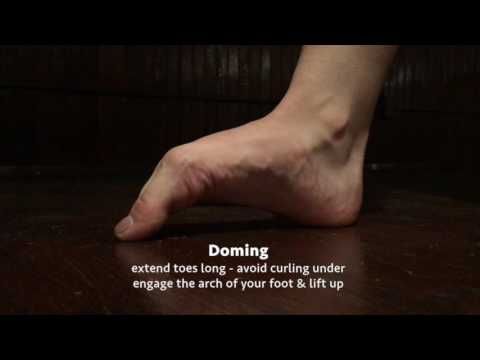
(In the illustration - how the removed scapula, note how it “turns inward”)
Neck
The neck is characterized by “whiplash injury” on supports and nods, sprains and strains of the lateral muscles of the neck.
How to deal:
Warm up and stretch your neck. Control neck muscles with any quick movements of the head, keep them in good shape. Avoid sudden back and forth movements tilting, which is with turning the head left and right. Do not twist your head, trying to make a magnificent swing of your hair - these movements from the zouk have their own, separate technique of execution and safety, which the partners need to have separately learn.
Fingers and hand
We almost never hold each other's fingers. A normal tension or stop interaction is sufficient. Occasionally, on some ropes, you can see how the fingers are held so that they do not slip out - but this exception, and such moments should be given special attention.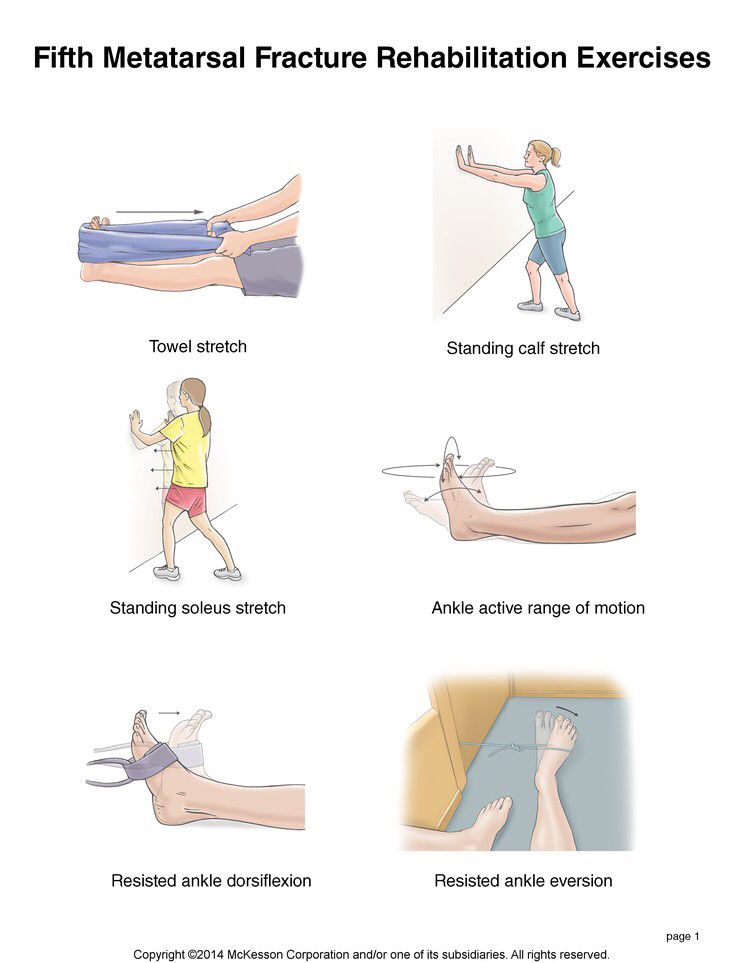 In all cases, both the partner and the partner must have the ability to free your fingers at any time.
In all cases, both the partner and the partner must have the ability to free your fingers at any time.
Partners sometimes grab their partner's hand with their thumb when they feel she might "slip and fly away" on some figures, but this is risky - you can leave a bruise and cause moral and physical suffering.
Partners sometimes grab partners' fingers during rotations (both their own and partner's) - thereby breaking off joints, causing moral and physical suffering.
Ligaments and muscles of the hand and forearm may suffer from sudden jerks. The partner can also stretch them to the partner, when he tries, for example, to stop her rotation by the shoulder blade or by the thigh, and she stops a little later, twists.
How to handle:
Partners - better control of your momentum on spins, especially when spinning sideways. Partners - do not try stop what is not going to stop.
Get used to controlling your momentum and dance with fairly relaxed hands.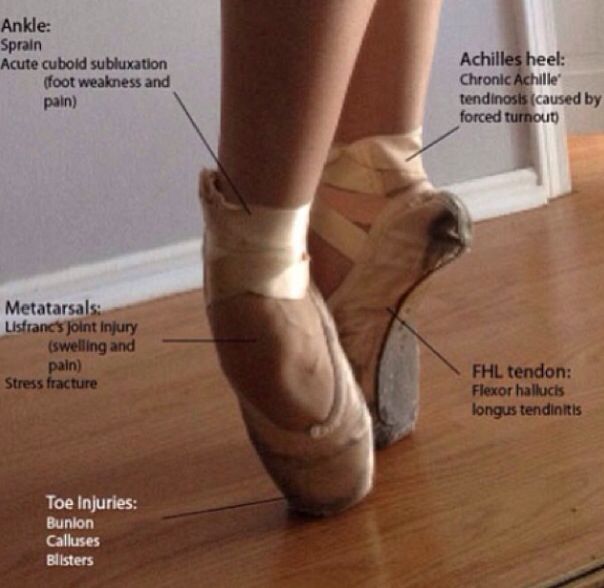
Other dangerous moments
Heels
Even a plastic heel cap with a sharp edge can deeply cut the partner’s leg to the point of blood, metal heels without heeled caps - generally like knife blades.
Heel protectors are required, but free leg must always be collected with the foot along the supporting leg, so that when turning or on the twists there is little chance of hitting partner.
Rhondas and outstretched arms
Choreography and volume is great, but before you wave your arm or leg, make sure there is no adjacent couples. Look right there with your eyes. Otherwise, there is a very high chance that someone's head will be there, for example.
Figures from other dances other dances - there is a high risk of colliding with them. For example, dancing a waltz on a hustle court is only worth a very be careful not to disturb others.
Acrobatics
Acrobatics is cool, but poorly predicted by neighboring couples. Therefore, if the partner's legs come off the parquet, the partner has a double responsibility for the safety of the partner and the surrounding couples.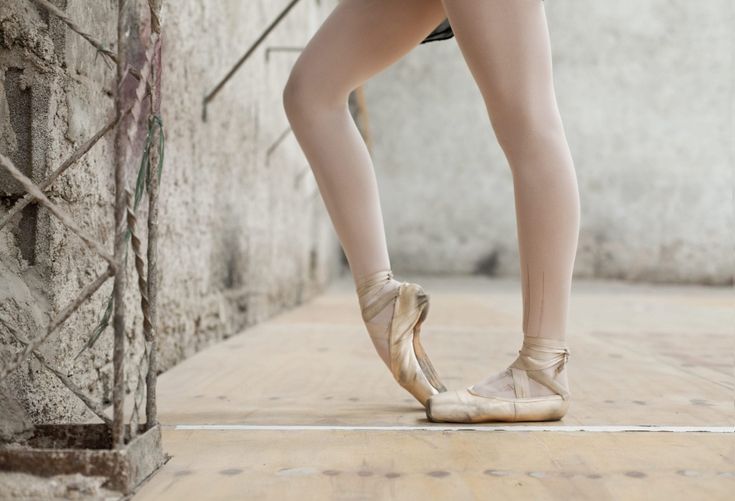 Acrobatics is very different security, but in any case, neighboring couples really do not like it when the partner's heels are at the level of their faces. If there are a lot of people around, it is better to dance without acrobatics.
Acrobatics is very different security, but in any case, neighboring couples really do not like it when the partner's heels are at the level of their faces. If there are a lot of people around, it is better to dance without acrobatics.
Inertia
Speed is great. And momentum is the product of mass and velocity.
For us, this means that a very thin and light partner, moving quickly and not being able to stop herself, can demolish even a massive partner - for example, at support, disclosure, "switch" or just at a stop after a series of turns. The same applies to partners, only they are usually heavier and slower than partners.
One must be able to control one's inertia on one's own.
If the partner was not specially taken out of balance, then her task is to stay on her feet and stop at the expense of her legs, without clinging to her partner. At “clinging” the partner with equal probability can damage the hand of both the partner and herself. And sometimes it will it looks like she was pulled.
Lack of water and oxygen
Joints will not work properly if they do not have enough lubricating fluid - and will wear out, accumulating injury.
If you don't drink enough water, these problems are almost guaranteed. And in general, the body under load needs water.
Drink water! Not too much, not too cold, not soda, not immediately after exercise, with pounding heart.
It is equally important to give the body normal breathe. The air conditioner does not supply fresh air air and is almost always a breeding ground for bacteria. Throat hurts not from cold air, but from rubbish that starts up in it if you do not regularly disinfect it.
Ventilate constantly - training in a stuffy gym is extremely harmful. The body has reserves in case lack of oxygen, but if they are exhausted, the consequences for the brain and for the body in general will be irreversible.
Yes, and for respiratory diseases, for colds up to legionella - little joy.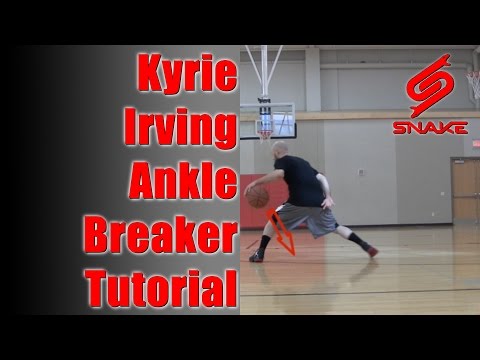
And finally, I summarize the most common causes of injury:
1) "YOU CAN DO A LITTLE MORE, LAZY CAT!"
The body has limits, and it is impossible to go beyond them. Do not confuse getting out of your comfort zone with real opportunities! Tear off your back or knees, tear your ligaments while stretching - all this happens from year to year, all the time.
Because I train very often start fanatically , but not too competently. Pain is very common last signal, what needs to be stopped.
2) TIRED MUSCLES TURN OFF
Another consequence of fanaticism in training. Tired muscles simply turn off - and stop holding the foot, knee or spine. You can just take a step and out of the blue break your leg or break your ligaments. You can lie down in the usual secure support and wreck your back.
Sometimes just all day is enough sit in an uncomfortable chair. Or jump on a trampoline. Watch out for fatigue, rest as much as you need. Proper rest is just as important as proper exercise.
Proper rest is just as important as proper exercise.
3) TWIST + WARP = CRUNCH
The knees and spine do not like to be twisted, bent or stretched, and then this tense construction still loading.
Any "diagonal body pull-up with hip lift in 1st step", bent knee in support or 4th step basic in a hustle, too much arching in the lower back or tilting the head back on the support - all this can easily stop your dancing forever.
Even if it was normal 100 times, on the 101st it can take and break, just like that, unexpectedly.
4) INCORRECT SHOES
When turning in insufficiently slippery (e.g. boards, the foot does not rotate with the knee, but is slightly delayed. The very twists and distortions are obtained, ligaments are injured, micro-tears accumulate - and that's it, goodbye to the knee.
5) DRINK WATER! BREATHE!
Drink water (not soda, not juice) on time and in sufficient quantity.
Do not drink immediately after a serious loads.
Do not drink very cold water.
Ventilate the room. The air conditioner does not provide fresh air and spreads the infection.
Health to you!
“I broke my leg with one blow”: a teacher from Yekaterinburg told the details of the attack of a crowd of migrants
Komsomolskaya Pravda
of the incident of the incident of the Migrants: Migrants beat
Danil of Svekov
February 16, 2022 11:55
P. children with military-patriotic education, but even her experience as a teacher was not enough to convince the scumbags to stop
Nadezhda Glazova suffered while trying to protect her daughter, who was molested by guys on the bus. Photo: clubyunost.ekaterinburg.rf Photo: Kseniya KRIVOSHCHEKOVA
A scandal erupted in Yekaterinburg. Residents of the city are outraged by the attack of a group of guys of southern blood on a teacher and her daughter. Even the governor of the Sverdlovsk region Evgeny Kuyvashev spoke about the situation on his Instagram page.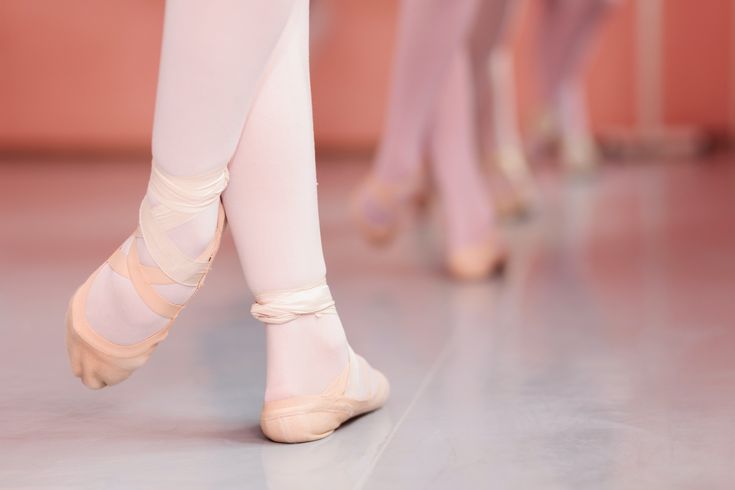
- Who are these southerners? Did they come from the Krasnodar Territory or is it still from some country where they can treat women like that? Evgeny Kuyvashev was indignant.
It all happened on a Friday evening in the New Sort area. Nadezhda Glazova, who is raising children at the Yunost Children's and Youth Center, and her 19-year-old daughter Polina suffered. As a result, Nadezhda Mikhailovna had a compound fracture of her leg with a displacement, and Polina had bruises and a concussion. At the request of KP-Yekaterinburg, they told how the attack happened.
IN THE BUS THEY HAVE RIPPED OFF THE HAT AND GIVED A SCOOP
It all started when Polina went home from the center of Yekaterinburg on bus 57. She took a free seat and almost immediately a group of six guys of southern blood entered the bus. They immediately began to behave cheekily.
- One of them sat next to me. The rest stood in the aisle, Polina told KP-Yekaterinburg. - While we were driving, they suddenly began to pull my hat with their hands. They tried to take it off. In the end, I removed it. Then they began to cuff me on the back of the head - to beat me on the head.
- While we were driving, they suddenly began to pull my hat with their hands. They tried to take it off. In the end, I removed it. Then they began to cuff me on the back of the head - to beat me on the head.
In passing, the guys mentioned that they should get off at the same stop where Polina was going to get off.
- I understand that things will not end well. I wrote to my mother on the phone, asked to meet me, - says Polina. - I went out to the door before the stop. Then these guys started a quarrel with other passengers. I recorded it on video. Then, at the exit of the bus, I wrote them down. One of them knocked the phone out of my hands.
At that moment, the girl's mother, Nadezhda Glazova, was already approaching the bus stop.
- I ran to meet her, saw three people of southern appearance. They pulled her hands. One grabbed her from behind and knocked her to the ground, two started beating her, - recalls Nadezhda Glazova. - I ran up, I said: “What are you doing?”. But there was no use talking. They were so aggressive that they immediately attacked me. The daughter stood up, they pressed her against the wall of the store and started beating her. And none of the people around interfered. I dragged the most impudent one away, said that we would call the police now. And these guys were athletic. He kicked me professionally. He knew how to beat - with one blow he broke his leg. I fell, so he began to beat me on the head. Then a woman intervened, shouted at him: “What are you doing? You beat a woman! Basically screwed up." He ran away.
But there was no use talking. They were so aggressive that they immediately attacked me. The daughter stood up, they pressed her against the wall of the store and started beating her. And none of the people around interfered. I dragged the most impudent one away, said that we would call the police now. And these guys were athletic. He kicked me professionally. He knew how to beat - with one blow he broke his leg. I fell, so he began to beat me on the head. Then a woman intervened, shouted at him: “What are you doing? You beat a woman! Basically screwed up." He ran away.
Nadezhda Glazova with pupils in the Star City in Moscow. Photo: Youth Center for Children and Youth
A BROKEN LEG WILL BE RESTORED WITH SPOKES AND PLATES
At that moment, Polina lost consciousness from blows to the head. When she woke up, her mother was already on the ground with a broken leg. As far as the girl remembers, the guys who beat her first ran away to the place where her mother was lying, and then one of them returned to her and continued to beat her.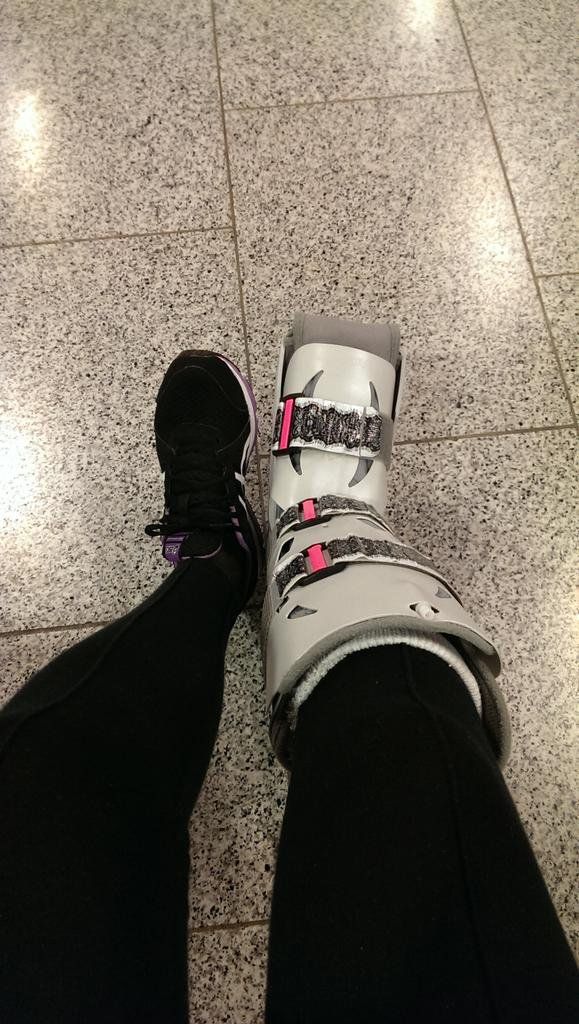 But then a certain young man, passing by, interceded for her - he dragged the southerner aside.
But then a certain young man, passing by, interceded for her - he dragged the southerner aside.
- He immediately ran away. And everyone ran away towards the yards. I called an ambulance,” Polina recalls. “We have filed a complaint with the police about what happened. The last time I checked, I was told that an investigator had not yet been appointed. I was diagnosed with head injuries at the emergency room. Subsequently, on Monday I went to the forensic medical examination, removed the bruises and bruises. Then she turned to a paid neurologist - he recorded a concussion of the head.
The girl was not hospitalized. But her mother was admitted to the hospital. She has a serious broken leg. Now she needs an operation.
- Plates and pins will be inserted into the bones. Will not be posted soon. The operation itself, if all the swelling subsides, will only be carried out in 10-12 days, - Nadezhda Glazova sighs.
Nadezhda Glazova with pupils of the military-patriotic club "Rhythm", taking second place at the "Shartash Marathon".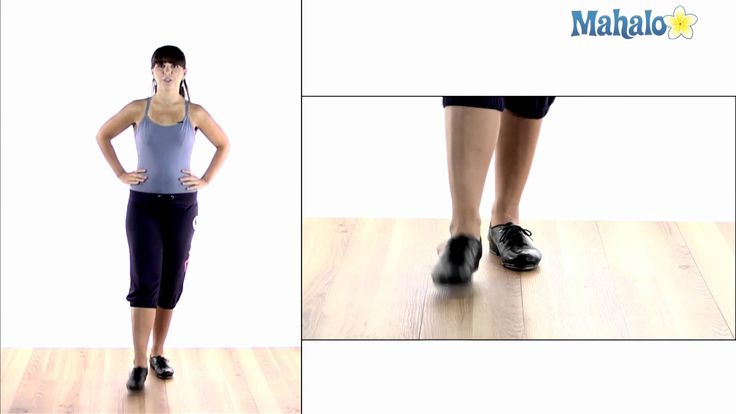 Photo: Photo: Children and Youth Center "Yunost"
Photo: Photo: Children and Youth Center "Yunost"
What happened to Nadezhda Mikhailovna is a real shock. In "Youth" she has been working as a teacher of additional education for seven years. She runs a military-patriotic club. He goes on hikes with the guys, is engaged in military training, introduces young people to male professions, for example, a rescuer in the Ministry of Emergencies. She teaches both eight-year-old schoolchildren and teenagers who will soon go into the army.
- I teach them good things. I have teenagers from dysfunctional families in my upbringing, teenagers who are registered with the police, - says Nadezhda Glazova. - Many have improved, someone has achieved something. Boys in the Ministry of Emergency Situations go to work. The guys who attacked us were from 17 to 21. I tried to reason with them, as a teacher with experience, but it was impossible to find an approach here. They heard nothing, saw nothing. They didn’t even have any concepts of an adult, that women should not be beaten.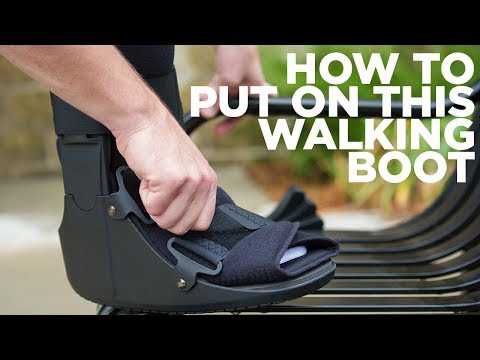 They just "need and everything."
They just "need and everything."
The police clarified that a criminal case has been opened under the article "Infliction of moderate bodily injury". They've already identified one of the suspects.
- On the same day, a 17-year-old suspect was identified and detained. Currently, the investigation of the criminal case is ongoing, - specified in the press group of the city Ministry of Internal Affairs.
According to a KP-Yekaterinburg source, the attacker turned out to be a 17-year-old Azerbaijani.
In Yekaterinburg a young guy beat up a girl and her mother
Video: VKontakte group Incident Ekaterinburg
READ ALSO
“I apologize to women for what happened”: the head of the Azerbaijani diaspora commented on the beating of a teacher and her daughter in Yekaterinburg. The guy who broke the teacher's leg turned out to be a 17-year-old student (more)
“There is no excuse for them!”: southerners who beat up a teacher with her daughter can leave Yekaterinburg. The head of the House of Friendship of the Peoples of the Urals, Farukh Mirzoev, told what is known about the attackers (more)
The head of the House of Friendship of the Peoples of the Urals, Farukh Mirzoev, told what is known about the attackers (more)
“He broke his leg with one blow”: a teacher from Yekaterinburg told the details of the attack by a mob of migrants. Nadezhda Glazova has been engaged in military-patriotic education with children for seven years, but even her experience as a teacher was not enough to convince the scumbags to stop (more)
Read also
registered by Roskomnadzor, certificate El No. FS77-80505 dated March 15, 2021
CHIEF EDITOR OLESIA VYACHESLAVOVNA NOSOVA.
I.O. EDITOR-IN-CHIEF OF THE SITE - KANSKY VICTOR FYODOROVICH.
THE AUTHOR OF THE MODERN VERSION OF THE EDITION IS SUNGORKIN VLADIMIR NIKOLAEVICH.
Messages and comments from site readers are posted without preliminary editing. The editors reserve the right to remove them from the site or edit them if the specified messages and comments are an abuse of freedom mass media or violation of other requirements of the law.